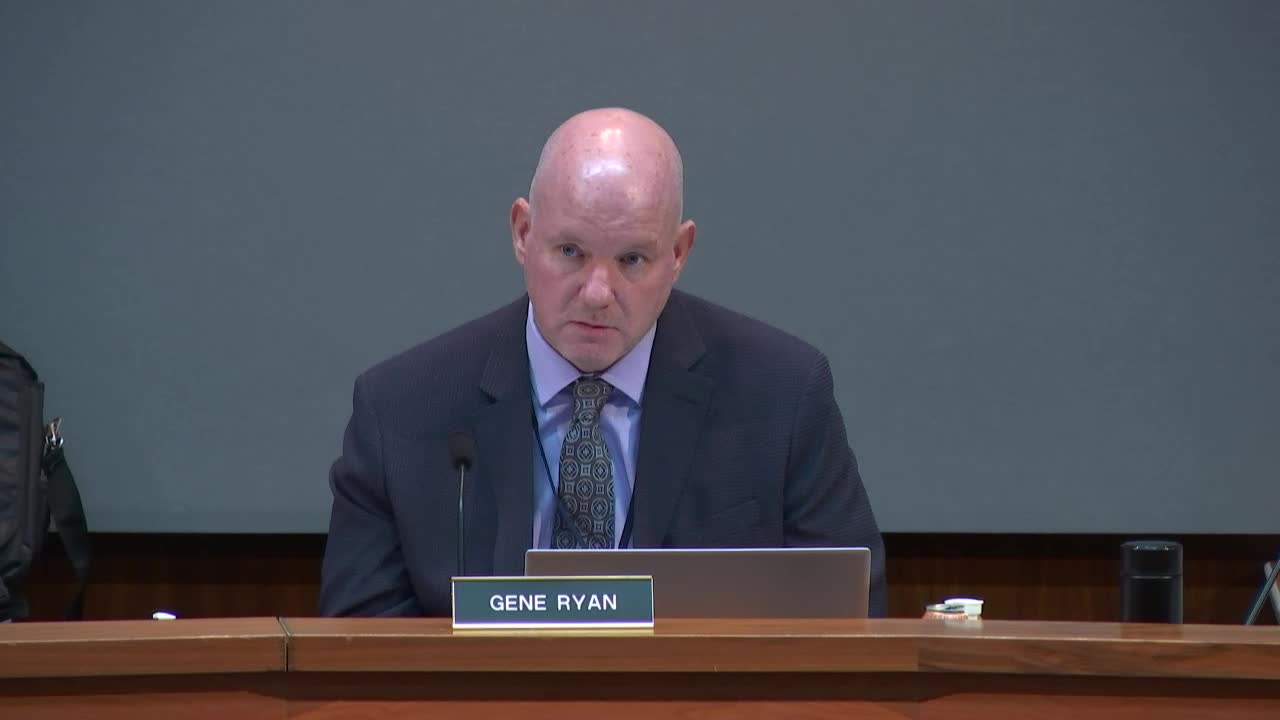Legal Battle Erupts Over Mining Permit Duration
August 29, 2024 | Howard County, Maryland
This article was created by AI summarizing key points discussed. AI makes mistakes, so for full details and context, please refer to the video of the full meeting. Please report any errors so we can fix them. Report an error »

In a recent government meeting, significant discussions centered around the legal implications of mining operations in Queen Anne's County, particularly focusing on the duration and renewal of mining permits. The conversation highlighted a conflict between local ordinances and state law regarding the operational lifespan of mines.
The ordinance in question limits mining operations to a maximum of five years, with the possibility of renewal. However, state law allows for mining permits to be issued for up to 25 years, subject to compliance with local conditions during renewal proceedings. This discrepancy has raised concerns about the legality of the local ordinance, with some officials arguing that it contradicts state authority.
Key participants in the meeting emphasized that the local ordinance's five-year limit could effectively violate state law if enforced. They pointed out that the Eastar case serves as a binding precedent, indicating that local governments cannot impose stricter limitations on mining operations than those established by state regulations. The discussion underscored the importance of recognizing the state's role in regulating mining operations, which includes the authority to determine the duration of permits.
The board members expressed the need to clarify the jurisdictional boundaries between local and state regulations, particularly in light of the potential for conflicting laws. The meeting concluded with a call for further examination of how local conditions can be enforced without infringing upon state law, ensuring that mining operations can proceed legally and sustainably.
The ordinance in question limits mining operations to a maximum of five years, with the possibility of renewal. However, state law allows for mining permits to be issued for up to 25 years, subject to compliance with local conditions during renewal proceedings. This discrepancy has raised concerns about the legality of the local ordinance, with some officials arguing that it contradicts state authority.
Key participants in the meeting emphasized that the local ordinance's five-year limit could effectively violate state law if enforced. They pointed out that the Eastar case serves as a binding precedent, indicating that local governments cannot impose stricter limitations on mining operations than those established by state regulations. The discussion underscored the importance of recognizing the state's role in regulating mining operations, which includes the authority to determine the duration of permits.
The board members expressed the need to clarify the jurisdictional boundaries between local and state regulations, particularly in light of the potential for conflicting laws. The meeting concluded with a call for further examination of how local conditions can be enforced without infringing upon state law, ensuring that mining operations can proceed legally and sustainably.
View full meeting
This article is based on a recent meeting—watch the full video and explore the complete transcript for deeper insights into the discussion.
View full meeting
